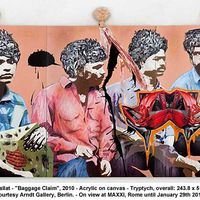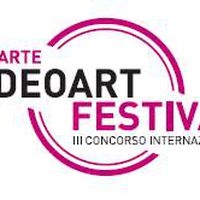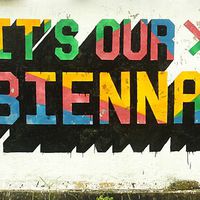Contemporary art museums in Rome | The system and the anti-system
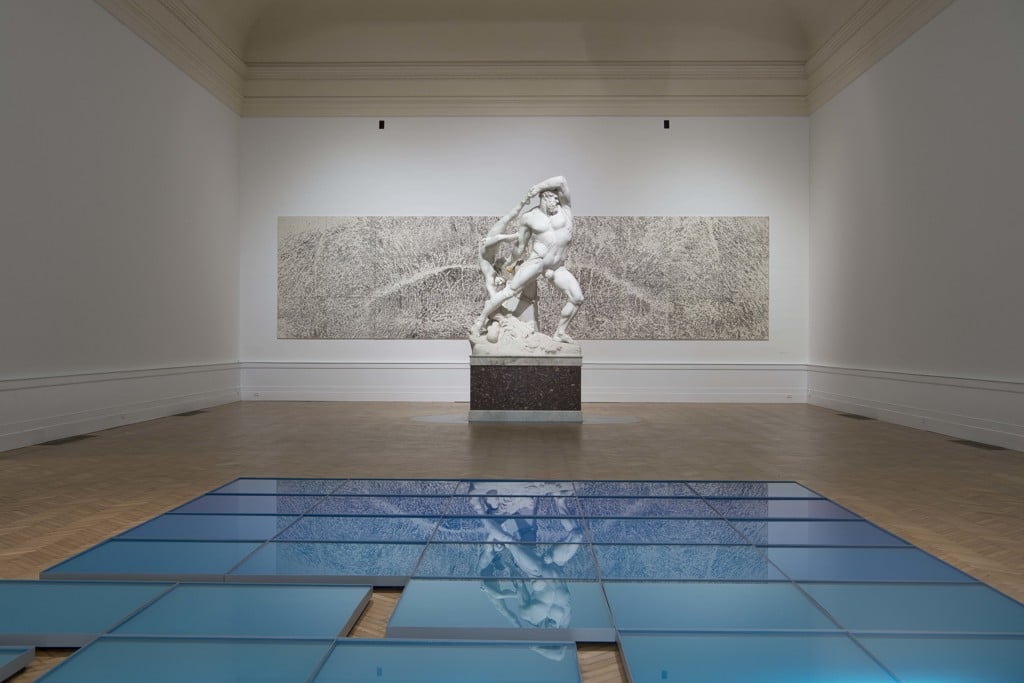
The wind of change which has invested the Italian contemporary art scene has started with museums. Naima Morelli we look at the main actors of this change and the challenges it raised.
Dubbed the Eternal City for its marble and travertine splendour, after a lively period in the 60s and 70s, Rome has hardly been at the forefront of the contemporary art conversation. Monolithic in its established art system, the Italian capital didn’t seem to welcome new art tendencies. However, the first signs of change are finally appearing. Surprisingly, they are not the artists’ collectives or the private galleries breeding novelty. The change is rather coming from the heart of the institution: from contemporary art museums.
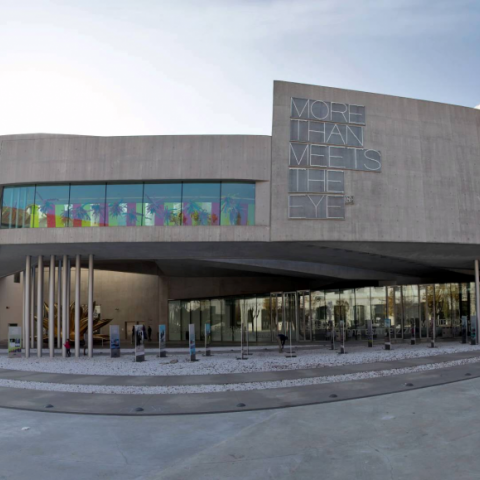
3 figures shaping the Museum scene
In the beginning it was the MAAM, Museo dell’Altro e dell’Altrove di Metropoliz, a project started in 2009 by anthropologist and art instigator Giorgio De Finis. The ex-factory, occupied by nomad families, was taken over by artists creating site-specific work. Established names were exhibiting alongside unknown art academy students, creating a social, as well as artistic, experiment. It challenged the conception of the contemporary art museum – which at the time was represented only by MACRO museum in the city. This seemed destined to remain as an independent initiative off the official art circuits, until a new shift in the Roman scene happened.
In 2010, another institution gave new lifeblood to the contemporary art scene in Rome. This time with MAXXI, designed by the late ‘archistar’ Zaha Hadid. This space was a unique case in the Roman landscape. It represented a connection with the international art system at the highest levels, allowing the Italian capital to be à la page with the global cities. The fluid nature of MAXXI came from its architecture, which allowed visitors to roam freely in the space. This was quite a new concept for Italian museums, which favoured till then cleanly-ordered rooms.
When Chinese-born curator Hou Hanru was nominated MAXXI’s new director in 2013, he brought his intelligence and expertise into the Roman scene. His aim with MAXXI was not to rock the boat in such an overt way like De Finis. Hanru had his fair share of rebellion in the Chinese art scene of the ‘80s and he kept experimenting when he moved to France later. As museum director and curator of MAXXI he was rather interested in taking part to the international dialogue in its many alleys. He succeeded in enriching the contemporary scene with varied, international, quality-based art shows.
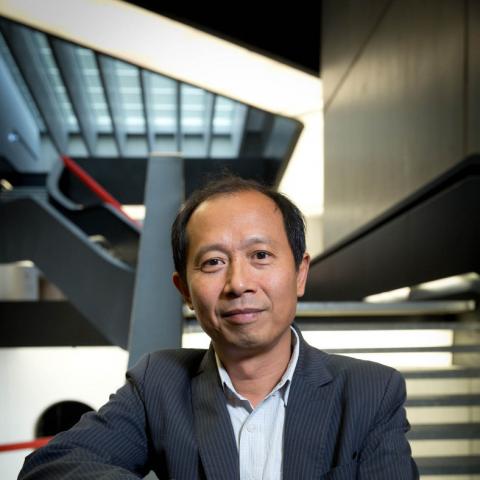
When art historian Cristiana Collu was nominated director of the Galleria Nazionale d’Arte Moderna in 2015, another ground-breaking event was about to take place. This was the major modern art museum in Rome, it was re-named “La Galleria Nazionale” to mark a new start. Since 1883 the museum had represented an educational alley for students and the general public. The art was showcased traditionally according to period and style, and more prominence was given to the big names in art history. Cristiana Collu turned this classical concept completely. The museum’s collection was sorted and exhibited based on free associations and relations between the artworks. In a celebration of postmodern thought, the hierarchies between major and emerging artists were erased. In addition to that, a lot more space was given to contemporary art compared to the previous modern art focus of the museum.

In December 2017, MAAM’s Giorgio De Finis was called by another museum in town, MACRO, for a 15 months project. At that point in time, MACRO was in dire straits, without a director and with a shortage of money to invest in projects. Determined to bring vitality to a dying situation, De Finis stared the “MACRO Asilo” project. The name was chosen for its double meaning as “pre-elementary school” - because of its spontaneous way of providing education - but also as “political asylum”, meaning a safe port for those artists outside the art system.
An open call for Roman artists of all backgrounds will be issued this October 2018, when the MACRO – which has been closed in the past few months - will open again to the public. With a similar spirit to the MAAM, De Finis won’t rely on bureaucratic or market criteria. He will let his own judgment decide following a more inclusive and “democratic” approach. We will probably see artists of Ai Wei Wei’s calibre, alongside unknown artists of all ages.
The Educational role of the Museum
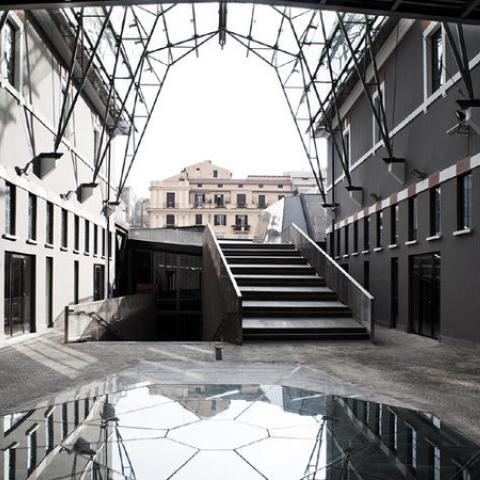
Both MACRO Asilo and the new Galleria Nazionale have raised however a problem with their new unconventional approach. Presenting art works without labels can be problematic when it comes to the general public who looks at art museums as a place to learn about art and its context and history. Museums risk losing their educational role, favouring the aesthetic experience but resulting at times, as superficial and short-lived. They seem to renounce their pedagogic role.
In the case of the Galleria Nazionale, Cristiana Collu is interested in challenging the mainstream narrative of art history, presenting alternatives. However, she admits that for some audiences the reading of the exhibition becomes simply personal.
I would argue that the personal aesthetic experience happens anyways. In the traditional museum it happens in the context of its history, so it reaches a common ground – a shared culture of the country. With the new Galleria Nazionale the personal overrides the collective – an individualistic approach very much predominant in our times. So, although the exhibition may look accessible to someone with little art education, it remains an incomplete experience. For someone who is attached to categories, the Galleria Nazionale becomes challenging in a “good” way. But it is only for someone who can think beyond hierarchies and categories that the show can be truly fun.
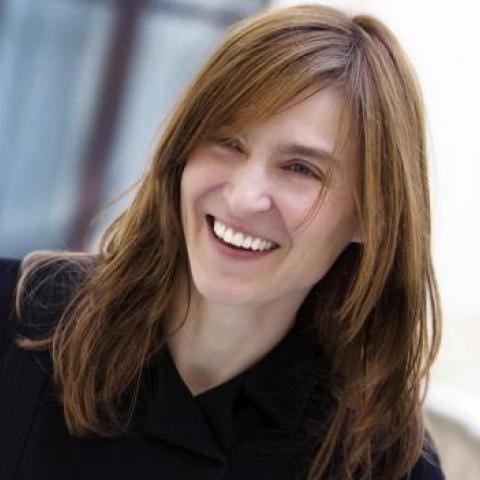
When questioned about the educational role of MACRO Asilo, Giorgio De Finis mentions his intention to focus more on the artist and his process. He wants to make visitors watch the artist working within transparent cabinets in the museum space, hoping to reveal the mysteries of the process. With this operation it is the narrative of the artist which is favoured, and perhaps a little forced too, over the work itself. However, through conferences and talks, De Finis plans to bring contemporary thinkers and art critics to the MACRO Asilo to provide the right context..
The educational role of the museum is performed beautifully by the MAXXI, in accordance to the rules of the art system and the traditional categories of thinking. These don’t go beyond the axes of time and space but use them with intelligence. An example is the presentation through detailed exhibitions of the different geographic areas of the Mediterranean, unpacked in its dynamics and presented in a chronological and thematic unfolding.
Museums as arbiters of quality
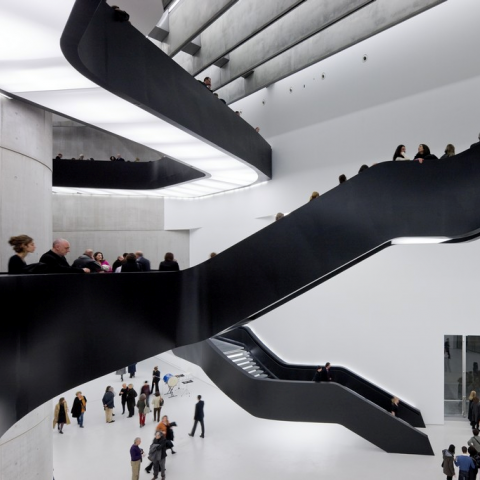
Another critique – connected to that of the educational role - that has been given to both Galleria Nazionale and MACRO Asilo, is that they are indiscriminate in their selection, disengaging in providing quality criteria, putting weaker artworks next to the stronger ones. Also, without any contextualisation, complex artworks risk to lose meaning next to more flashy ones. Both De Finis and Collu are aware of this issue. In fact, their intention is to put less emphasis on the individual piece but rather on the relationship between the artworks.
While this idea can be hard to digest when it is pushed too far, it is important to give a space to emerging artists too. A chance should be given to emerging artists beyond what is undoubtedly a highly biased economic and bureaucratic system. In this broader approach, both Collu and De Finis are working in a more organic way, with an eye on those previously excluded.
In the art world and in the world in general, categories, coordinates and hierarchies are useful to orientate, as long as they are not too rigid. The critical reflection can happen within the art system and using clear categories with flexibility – that’s the MAXXI case – or by testing the extremes and work on challenging the system itself, like MACRO Asilo and Galleria Nazionale are doing. Having both options in the Eternal City creates a compelling atmosphere which no one could have predicted a few years ago. And that can really create innovation, engagement and new meaning.
References:
- La Galleria Nazionale: http://lagallerianazionale.com/
- MACRO: https://www.museomacro.it/
- MAXXI: http://www.maxxi.art/
- Museo MAAM: https://www.facebook.com/museoMAAM/
Similar content
from - to
22 Sep 2011 - 29 Jan 2012
posted on
30 Jul 2014
deadline
20 Jul 2010
posted on
06 Sep 2010
from - to
12 Dec 2014 - 29 Mar 2015


